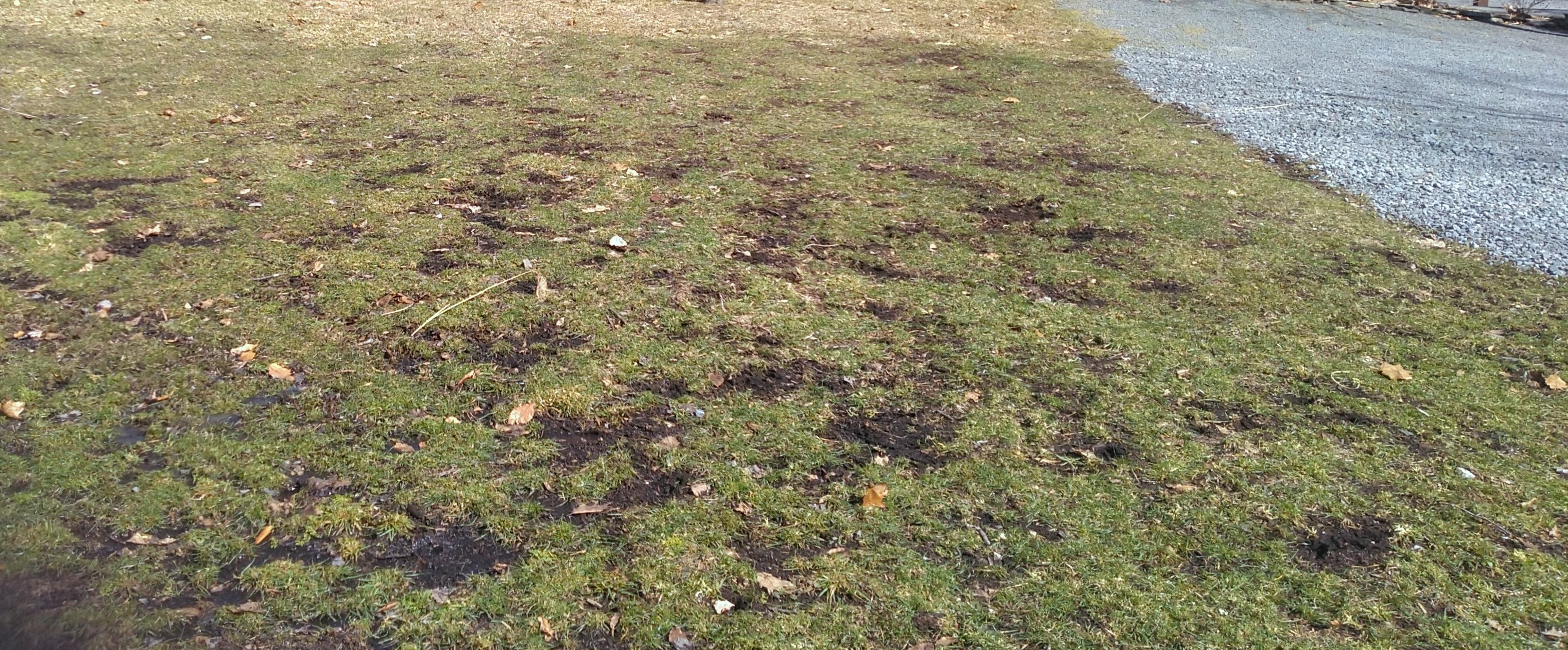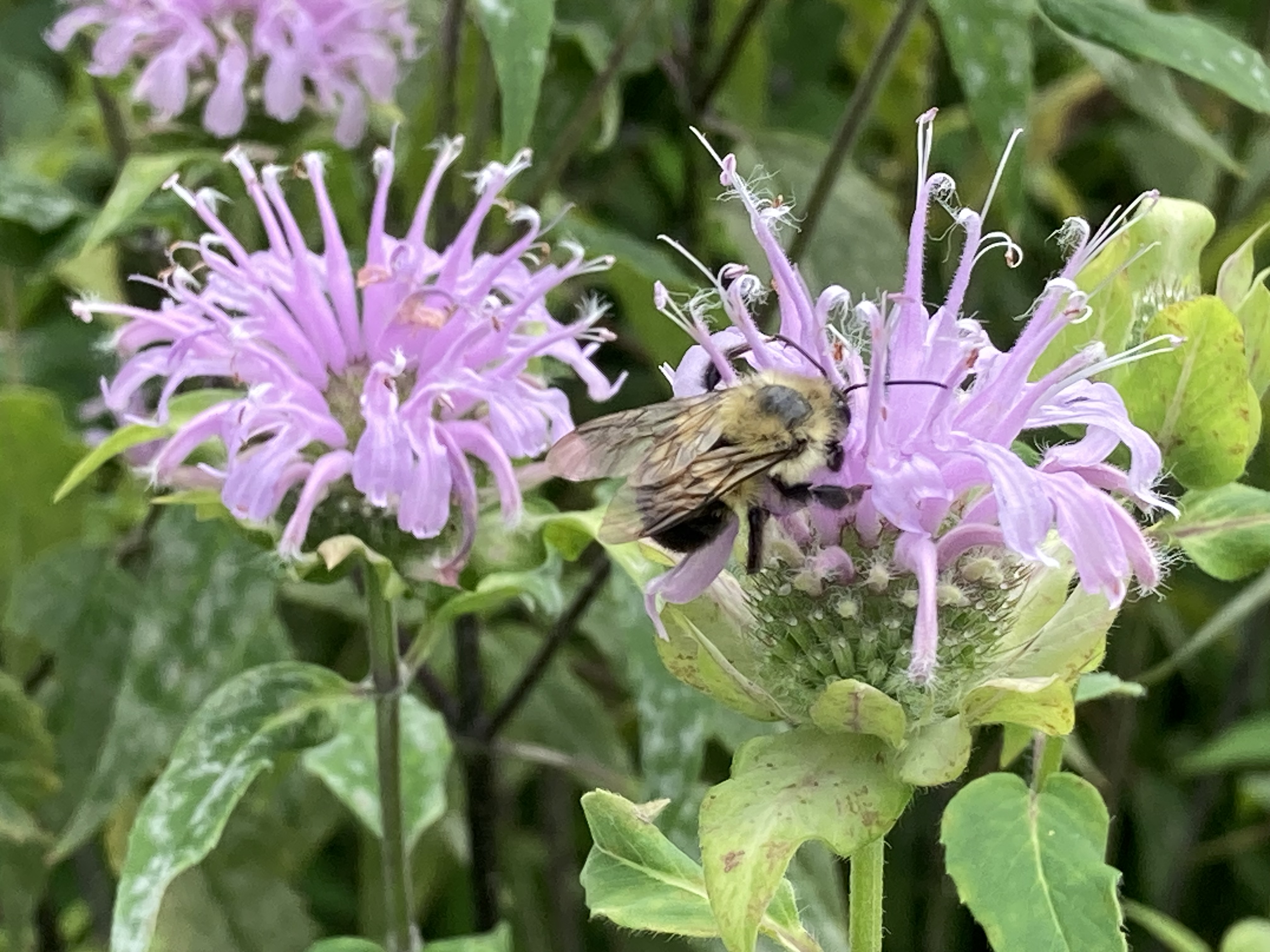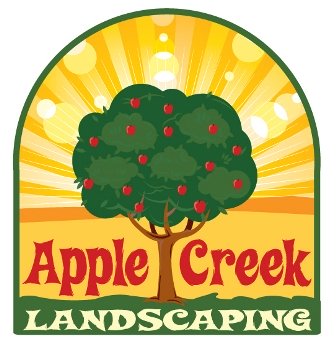Grub Damage
The Apple Creek crews have noticed that lawns in Lackawanna, Wayne and Pike counties are being affected by Japanese, European Chafer & other beetle grubs.
Every yard will have a few grubs in it, that's normal. However grub damage can become serious and lead to a very unattractive situation.
Dead & brown patches in your lawn are undesirable from an aesthetic viewpoint but an over abundance of grubs can also attract skunks and raccoons that will dig at the lawn and moles who will tunnel under it to eat the grubs.
Why are grubs worse is some years?
There are a few factors that can contribute to the increase in grub populations and levels of damage.
Normal environmental cycles - Beetles & grubs are subject to environmental cycles just like other creatures & flora.
Mild winter - When we have warmer winters more grubs survive. Animals may have other food sources and are hunting grubs less.
Dry spring - A drier than normal spring means that the grass can't recover quickly when the soil is dry and grubs are feeding on the roots leading to more noticeable damage.
What can be done?
If it is early in the season, an insecticide that targets grubs and will kill all stages of them can be applied in the spring if you have a history of grub damage.
Preventatives can be applied from late spring through early summer. This will lower the active number of newly hatched grubs. That means less will reach the egg laying stage, so fewer overwintering and hatching in the spring.
Didn't realize what was wrong with your lawn until late summer? There are insecticide options that can be applied in fall.
How to protect pollinators?
It is a good practice to mow the lawn first to remove clover, weed and grass flowers before applying any grub treatment product. Many products are also watered in after application.
These practices minimize the contact that bees and other pollinators will have with the product.
If you are still concerned, read this from MSU, check with your local PSU extension office or look for online resources to reduce the negative effects on native bees and other pollinators.
Do you need to treat for grubs every year?
No of course not! After the initial treatment, many properties will only need preventatives for the next 2 years.
After that there is usually no need for further treatment unless an inspection reveals an increasing number of grubs.







